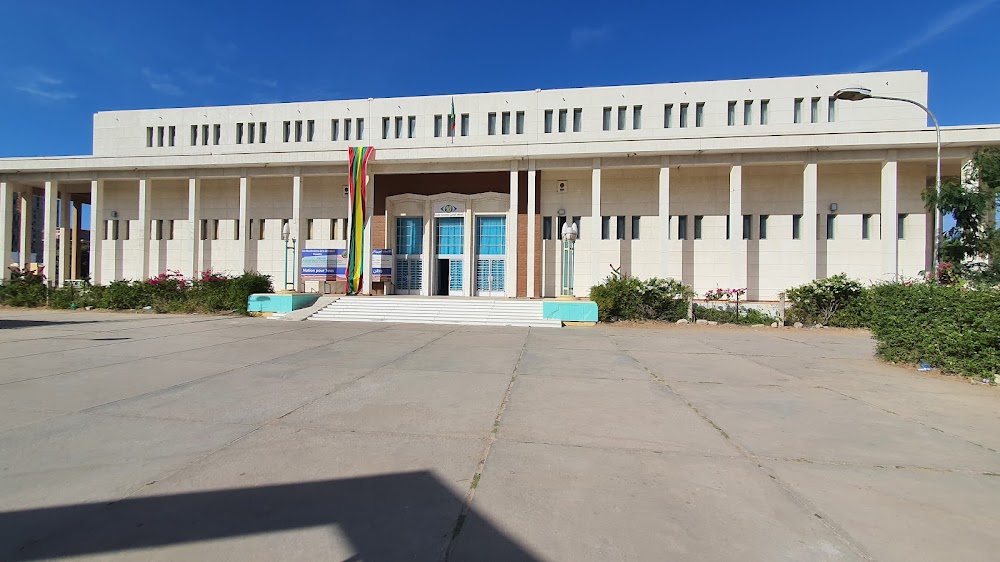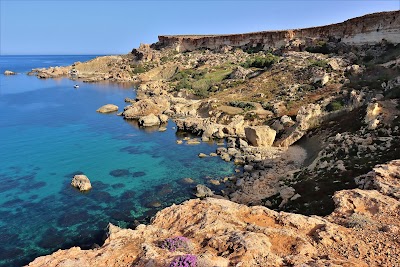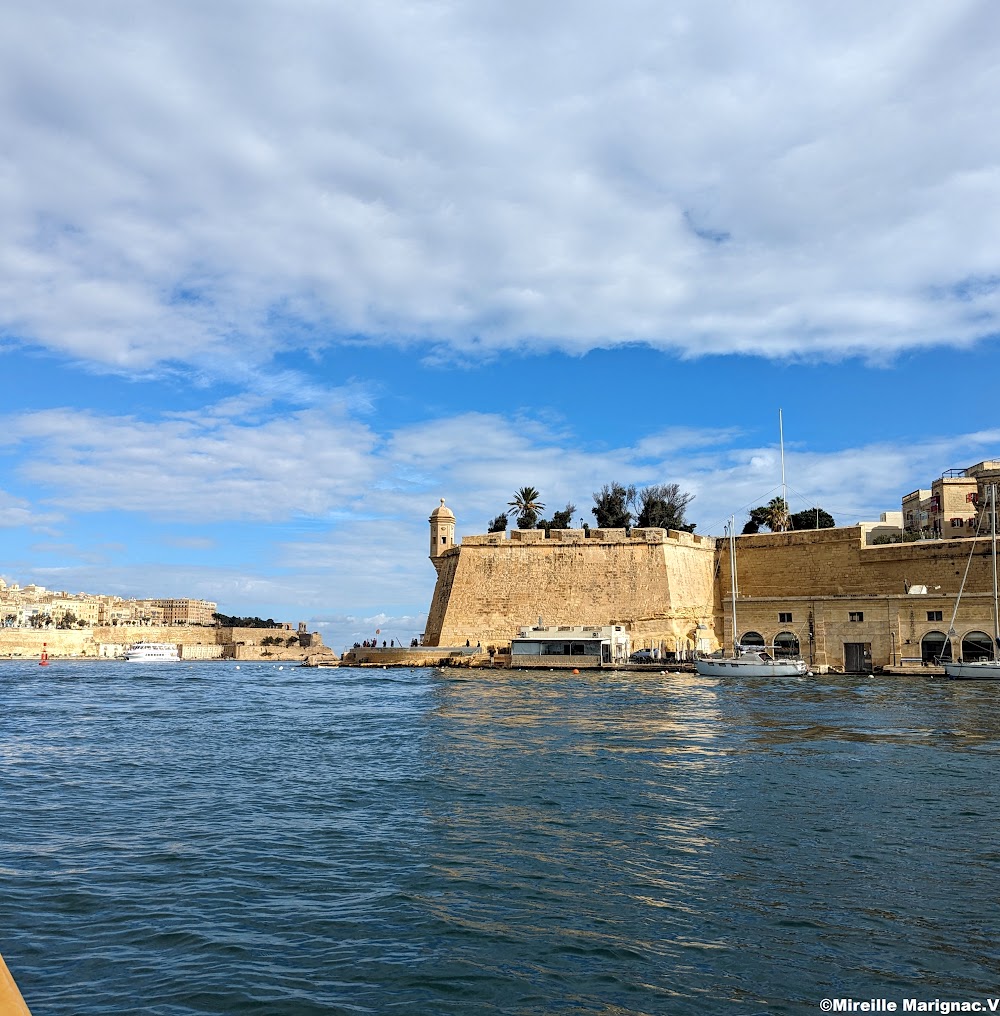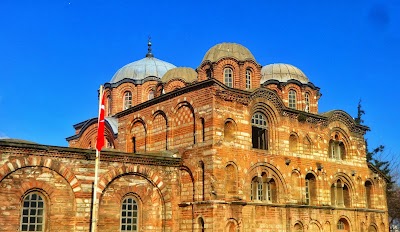Musée National (Musée National)
Overview
The Mauritanian National Museum, also known as the Musée National, is an iconic cultural institution that embodies the rich history and heritage of Mauritania. Nestled in the vibrant capital city of Nouakchott, the museum is ideally located at the heart of the nation’s cultural and administrative life, making it a key destination for both locals and visitors alike.
The museum's creation was inspired by a collective desire to preserve and showcase Mauritania’s historical artifacts and cultural treasures. In the early 1970s, the Mauritanian government, alongside scholars and cultural enthusiasts, recognized the need for a dedicated space to highlight the country’s artistic heritage. Construction commenced in 1972, with the vision of establishing an educational hub that would enlighten all about Mauritania’s fascinating past.
Architecturally, the museum is a stunning amalgamation of traditional and modern design, crafted to endure the challenges posed by the harsh Saharan climate. With thick walls and well-ventilated interiors, the museum effectively protects its artifacts from extreme temperatures. The use of local materials in its construction lends the museum a distinctive Mauritanian character, making it a visual delight.
Officially opening its doors to the public in 1977, the Mauritanian National Museum has since become a cornerstone of cultural preservation within the country. The museum is organized into several sections, each dedicated to different facets of Mauritanian history and culture. These sections feature archaeological findings, ethnographic exhibits, and captivating displays of Islamic art, among others.
One of the museum's most remarkable highlights is its collection of ancient artifacts, which span from the Neolithic period and beyond. Visitors can explore stone tools, pottery, and various relics that provide an intriguing glimpse into the lives of ancient peoples who once inhabited the region. These artifacts offer invaluable insights into the early history of human settlement in the Sahara.
In addition to its ancient collections, the museum boasts a rich array of ethnographic exhibits that celebrate the diverse cultures and traditions of Mauritania's ethnic groups, including the Moors, Wolof, and Soninke. Traditional clothing, jewelry, musical instruments, and everyday objects are showcased, allowing visitors to immerse themselves in the vibrant cultural tapestry that defines the nation.
The museum also features a fascinating collection of Islamic art, which reflects Mauritania’s deep-rooted Islamic traditions. Highlights include exquisite manuscripts, intricate calligraphy, and architectural elements from historic mosques, showcasing the profound influence of Islam on the country’s heritage.
An essential aspect of the Mauritanian National Museum is its commitment to education and research. The museum regularly hosts workshops, lectures, and educational programs designed to deepen the public's understanding of Mauritania’s history and culture. Researchers and historians frequently visit to study the extensive collections, contributing to the growing body of knowledge about the region.
Over the years, the Mauritanian National Museum has undergone numerous renovations and expansions to accommodate its ever-growing collection and enhance its facilities. Modernization efforts have improved exhibition spaces, ensuring that artifacts are displayed in a manner that is both informative and engaging for visitors.
The museum's dedicated staff, comprised of historians, archaeologists, and cultural experts, play a vital role in maintaining and curating the exhibits. Their unwavering commitment ensures that the museum remains a crucial repository of Mauritania’s heritage, keeping its history alive for future generations.
In conclusion, the Mauritanian National Museum in Nouakchott stands as a testament to the country’s rich and diverse history. From its inception in the 1970s to its current status as a leading cultural institution, the museum has played an essential role in preserving Mauritania’s past. It not only showcases the nation’s ancient and modern heritage but also serves as an important center for education and research, making it a cherished landmark in Mauritania.








